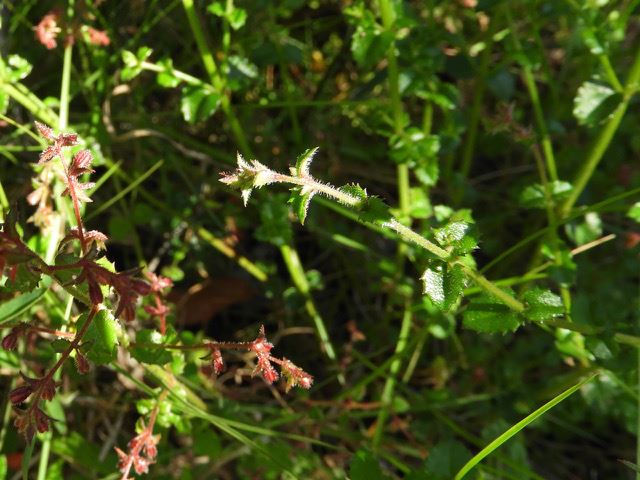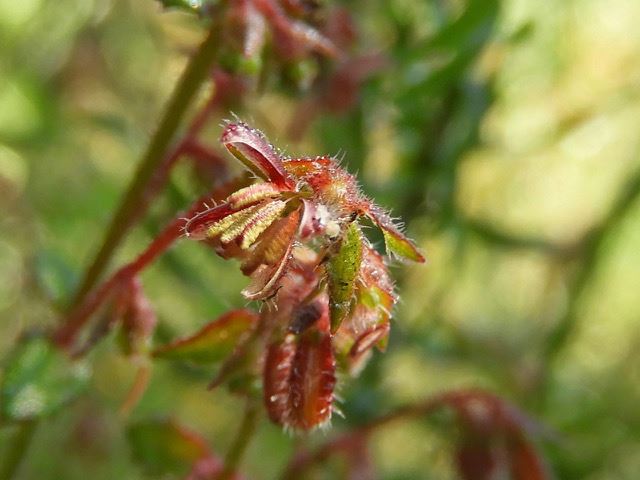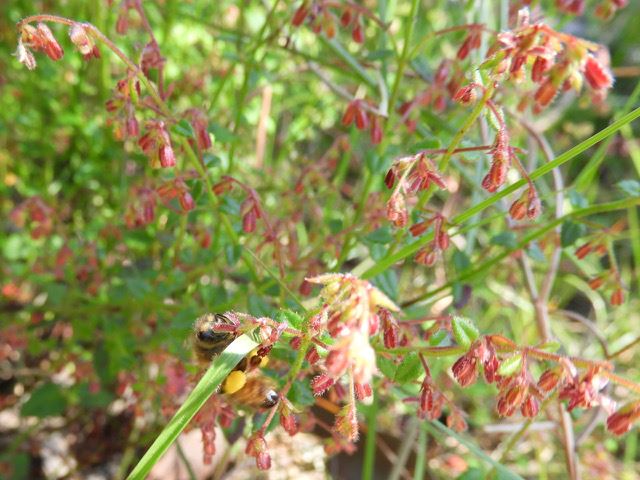Ralph Cartwright from APS Sutherland Group had his camera up close on a spring walk.
On a recent APS Sutherland Group walk of the Curra Moors Track in the Royal National Park, we found several large, colourful flowers, such as waratahs and Gymea Lilies.
However, I was intrigued by a tiny common herb that I had never really noticed before. It is called Gonocarpus teucrioides with the common name of Raspwort or Germander Raspwort.
I noticed it first because of the bees. There were lots of them buzzing around this tiny plant whose flowers I could hardly even make out, but the bees were very interested.


Sutherland Group’s identification CD, Coastal Plants of the Royal National Park, describes it as:
An erect, hairy, rough-leaved herb or shrub up to 40 cm high. Its stems are 4-angled, rough and hairy.
Flowers: Small, green to red, 4-petalled flowers and 3–5mm long and borne in a raceme.
Flowering: December–January.
Fruit: Ovoid silver-grey ribbed nut about 1.5 mm long.
Leaves: Hairy, opposite, ovate 7–15 mm long and 5–10 mm wide with toothed margins.
Habitat: Widespread in a variety of habitats in dry sclerophyll forest and heathland.
Features: Rough toothed hairy leaves on 4-angled stems. Small red-green flowers. Occasional red leaves.
Once I got home and had my photos enlarged, I could see the large amounts of pollen being presented for the bees and the full pollen sacs on the bees’ legs (below).

